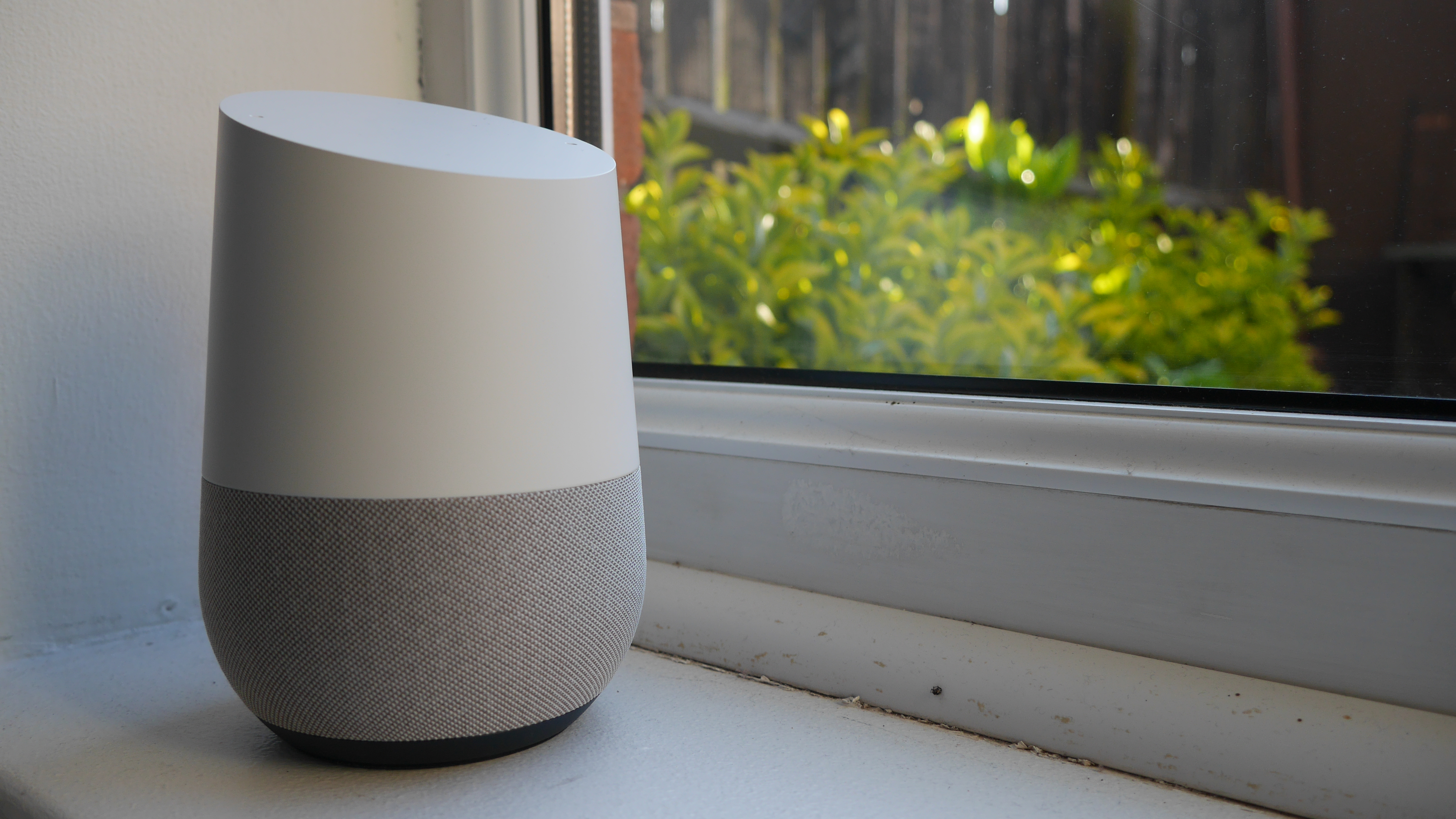
If releasing and updating smart home devices was a foot race, Amazon would be winning. It was the first to launch the Amazon Echo ahead of the Google Home, and the first one to offer both device-to-device calling and video conferencing via a camera on the brand-new Amazon Echo Show.
But sometimes it’s not about coming in first – it’s about doing things better.
Starting today, Google Home can now make calls not to another Home device, but to any number in the US and Canada – home phones, cell phones and business numbers – absolutely free.
To activate the free calling service, all you need to do is ask Google to call someone listed in your Google Contacts with an associated phone number.
Of course, if you’re unsure of a phone number, like, say for that pizza place down the street, simply ask Google Assistant to call a location specifically and it will locate a number for you.
Saying “Hey Google, call Dad” automatically triggers a ringtone, a neat feature for the times you're just a bit too pre-occupied to pick up the phone, but, perhaps even cooler is the fact that if your roommate or significant other walk in and make the same request, Google Assistant will know to call their father instead thanks to Google Assistant’s ability to identify voices.
So, what does the person on the other end see when they receive a call from Google Home? The way the system is setup right now, if you’re a Google Voice or Project Fi user, they’ll see your name and number. If you’re not, they’ll see it pop up as call from “Unknown” or “No Caller ID”.
Get daily insight, inspiration and deals in your inbox
Sign up for breaking news, reviews, opinion, top tech deals, and more.
That will change soon, however, according to Google, who says that by the end of the year it will be possible for your own mobile number to be displayed.

The new 'Home' phone
The easiest comparison to make here is to a home phone – the kind that have become somewhat of a relic in recent years thanks to the rise in cellphone use.
Like home phones, Google Home is obviously tethered to the house, but unlike the unappreciated rotary dials of yesteryear, Google Home’s landline service is available for free without a monthly service fee.
Ahead of launch, a representative from Google whitelisted our account, allowing us to place phone calls to friends and family before the service went live.
The experience took a bit of front-loading (i.e. making sure our Google Contacts were up-to-date with pertinent phone numbers) but when finished, the service worked nearly flawlessly: Those we spoke to said that we can through loudly and clearly, perhaps not as clearly as we did while using a proper headset or a phone’s built-in microphone, but quite well considering our distance from the speaker. They said they heard themselves partially during the first few minutes of the call but later on couldn’t hear themselves – a likely sign that the built-in microphone is picking up some of the caller’s voice.
Besides a few niggling performance issues, the only problem with the service is that, as of right now, Google Home only works as a line out. You can use it to make calls to friends and family, but not the other way around ... which is probably one of the reasons that you can’t use Google Home to call emergency services, as they’d have no way to call you back should you get disconnected.
The fact that Home can only make calls and not receive them is a weakness that Google hasn’t necessarily addressed yet. But, considering that it’s making a brand-new hands-free voice calling service available to millions of customers at no cost, it’s hard to hold this minor oversight against the company for long.
And, I mean, you have to save something for next year’s Google IO, right?
- Battle of the smart speakers: Amazon Echo vs Apple HomePod vs Google Home
Nick Pino is Managing Editor, TV and AV for TechRadar's sister site, Tom's Guide. Previously, he was the Senior Editor of Home Entertainment at TechRadar, covering TVs, headphones, speakers, video games, VR and streaming devices. He's also written for GamesRadar+, Official Xbox Magazine, PC Gamer and other outlets over the last decade, and he has a degree in computer science he's not using if anyone wants it.
